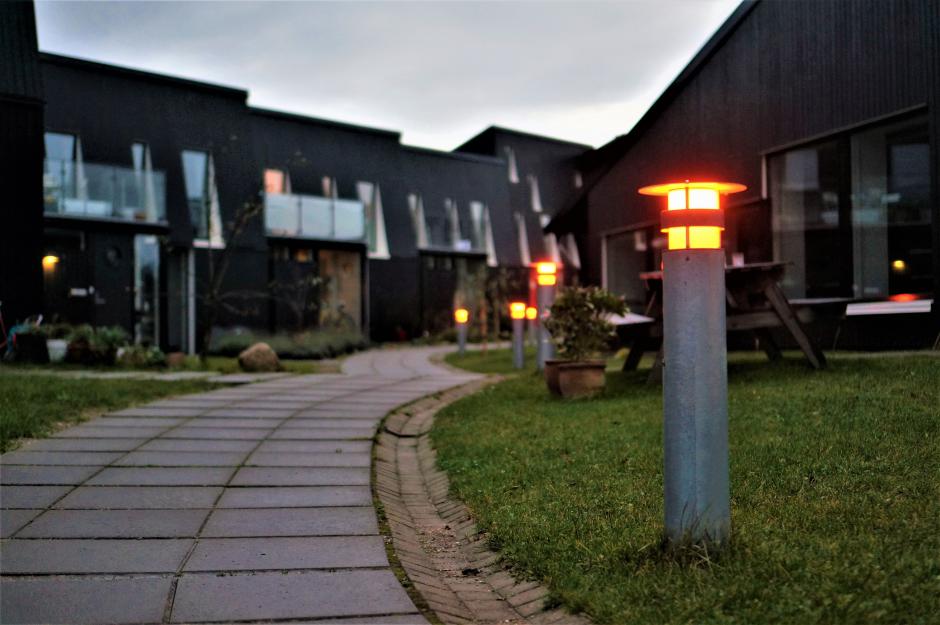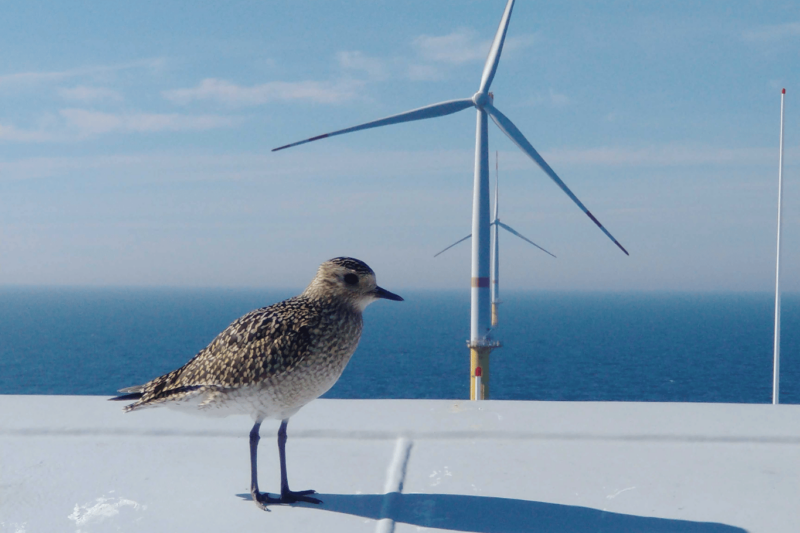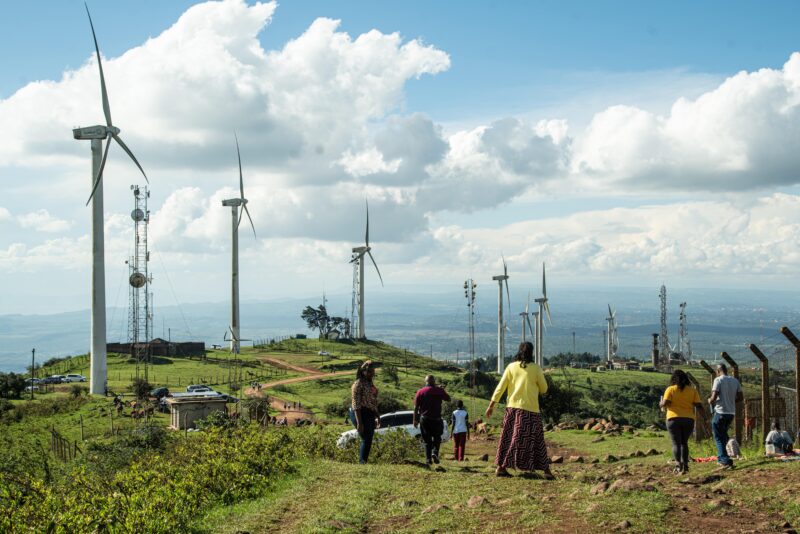News
Smart cities
Smart energy systems
Wind energy
Coloured street lights show residents when the power is climate-friendly


"Our street light project gives such concrete clues that even my 6-year old son can understand it when the light changes colour," said Pierre-Elouan Réthoré, Senior Researcher at the Wind Energy department at the Technical University of Denmark (DTU). He has been involved in developing the project, and lives in the community himself.
"Of course, it is challenging to teach my son that the red light signals climate-harming energy, without him getting scared. However, it is important to be a role model for children so that they become aware of sustainability in everyday life," he continued.
Street lights and solar cells will create environmentally conscious residents
All the houses in the Svalin community have solar panels on the roof, but the solar cells alone can’t make the community completely self-sufficient. This is where the street lights enter the picture.
The solar cells produce a lot of power during the day when the sun shines, but in the evening when darkness falls, and residents come home from work, the electricity production drops. The decreasing electricity production in the evening coincides with that time of day when residents are most likely to use electricity because they have to cook on the stove, watch tv and turn on light.
However, when the lights outside turn red, Pierre-Elouan Réthoré and his neighbours are more aware of their electricity consumption, Réthoré believes:
"It makes us think one more time before using power because, often, things can wait. For example, when I come home from work and see that the street lights are red, I wait with charging my car until later - because typically, later in the evening, our electricity comes from green hydroelectric plant in Norway".
-Related solution: Lighting Metropolis – collaboration across borders
Coloured light can lead to more
The street light project is a way of influencing people's behaviour, by giving them a little push in the right direction, through a little change in their environment.
That type of small changes is called "nudging", and according to Lucia Reisch, Professor at Department of Intercultural Communication and Management at Copenhagen Business School, the street light project could have the desirable effect on the resident's electricity usage:
"I don't know all of the project details, so I cannot evaluate the specific project, but based on my experience with nudging projects around the world, I could easily see the street light project becoming a success," she said.
"Research in "green nudging" show that projects like the street lights can be very effective," she continued.
Lucia Reisch also explains that especially colour coordinating projects that use visual cues have been very effective: "Decades of research in consumer behaviour show that people always interpret the colour green as something positive, and the colour red as something negative or forbidden, so the colours are perceived as intended".
-Related solution: Northside Beacons
Inspiration to municipalities
The long-term plan with the project is to inspire others, such as Denmark's municipalities, to implement similar street lights, states Pierre-Elouan Réthoré from DTU. "But at this stage in the project, the first thing on the agenda is to measure the impact on the residents in the community", he emphasised.
So far, the residents seem excited about the project:
"Many of my neighbours have told me that they have become more conscious of when they use electricity. The street lights have actually become a popular subject, among children and adults, just like talking about the weather", said Pierre-Elouan Réthoré.
Facts about the project
The street light project is a part of DTU's research project "Energy Collective". Energy Collective develops and displays new, community-based ways of handling electricity, with a goal of rethinking the way we produce and consume electricity.
The street lighting works a bit like a traffic light. When the lights turn green, the electricity comes from a sustainable source, and the residents can use electricity without thinking about the environmental impact.
Yellow light means that the electricity comes from both fossil and sustainable sources and that the residents should wait until green light before using too much electricity.
Red light shows that a lot CO2 is emitted with the production of the electricity and that the residents should stop their electricity consumption.
How do the lights know which colour to show?
The streetlights are connected to a little computer program, developed by the Energy Collective.
The program retrieves information about the amount of green energy in the Zealandic electricity network from electricitymap.org, while it detects how much energy the solar cells produce.
This way, the light know where the electricity comes from.
[embed]https://youtu.be/MxltcXVttaA[/embed]
Sources:
Videnskab.dk (in Danish)
DTU (in English)
You should consider reading
solutions
Combined heat and power production
+6
CopenHill: The story of the iconic waste-to-energy plant
20 November 2024publications
Combined heat and power production
+9
















